UK's Royal Navy tests drone speedboat on River Thames
The UK's Royal Navy has tested an autonomous speedboat it believes could completely "change how they operate" (+ slideshow).
The boat is fitted with sensors and robotic technology, allowing it to navigate autonomously or be remote-controlled from land.
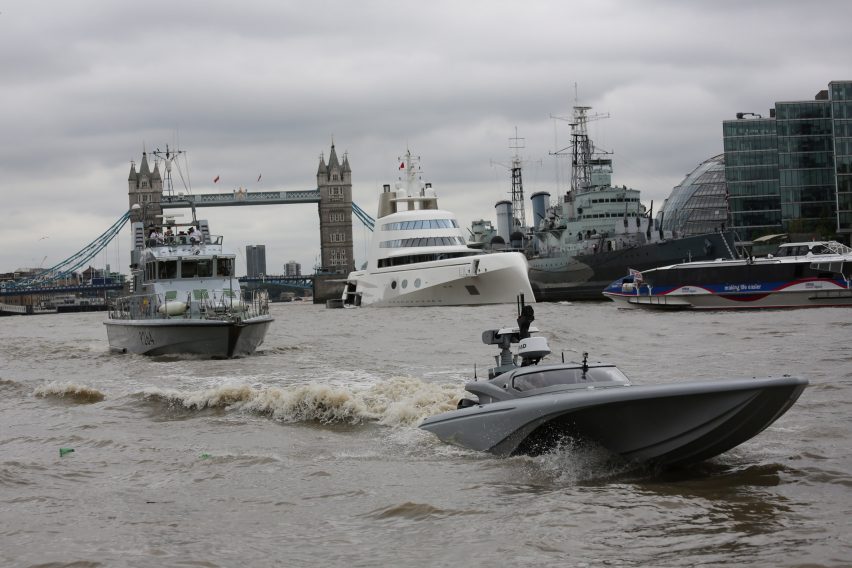
Capable of racing across the water at 60 miles per hour, it is designed to track high-speed targets, and can quickly dodge other ships without the control of a human.
When operating on a busy waterway, like the Thames – where it was tested yesterday – the craft has a coxswain on board ready to take control.
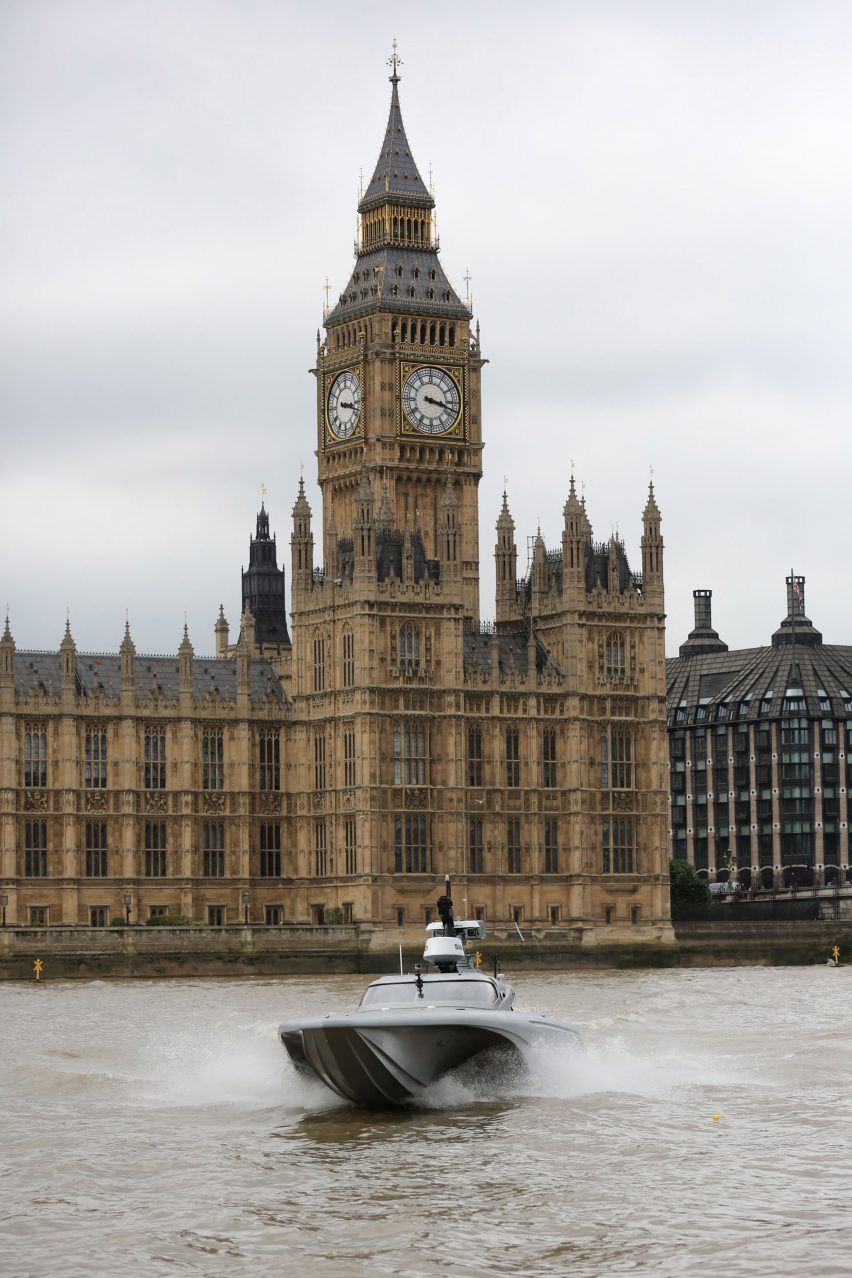
The vessel isn't designed to carry weapons but will be used for non-lethal surveillance and reconnaissance roles. The Navy believes the vessel will have a major influence on the future of naval warfare.
"Unmanned maritime systems will change how we operate, but they're just the start, said Philip Jones, First Sea Lord and Chief of Naval Staff. "Our pursuit of new technologies and ideas – from big data to 3D-printing – will ensure we remain one of the most capable and successful navies in the world."
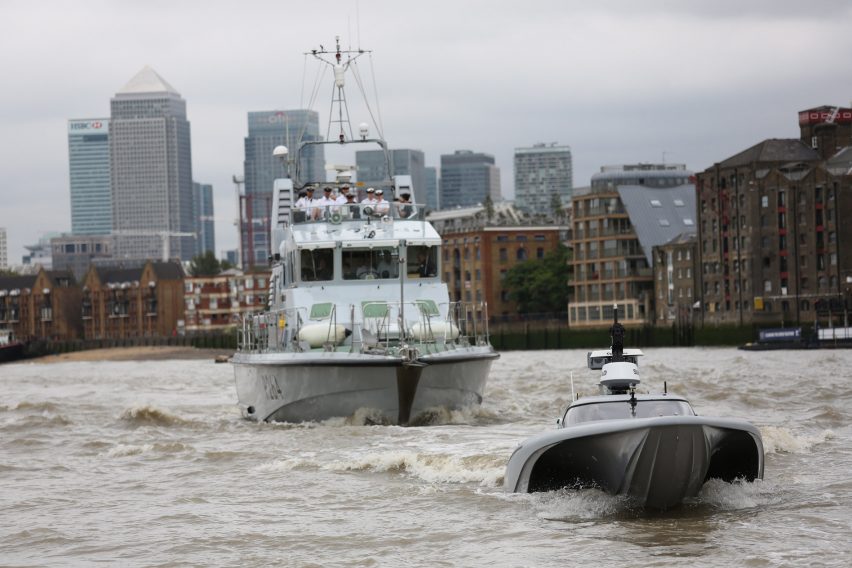
The boat, named Maritime Autonomy Surface Testbed (MAST), underwent testing in the most tidal area of London's River Thames on Monday.
It is one of 40 prototypes to be tested by the Royal Navy in a major unmanned fleet exercise off the coast of northern Scotland in October.
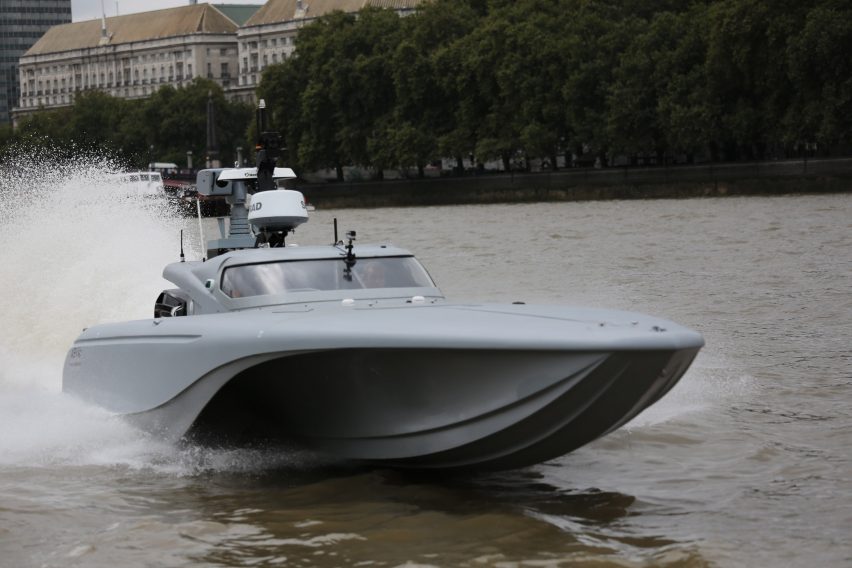
Speaking to the Telegraph, Elizabeth Quintana – director of military sciences at the Royal United Services Institute – said the Navy was planning on using autonomous vehicles to take on dangerous jobs, but warned that military chiefs were "nervous" about arming drones.
"The real issue is the public perception and the nervousness that some in the military might have and the potential legal challenges," she said. "The use of unmanned systems to deliver lethal force is still extremely controversial."
Weaponry and warfare are currently being transformed by advances in robotics, drones and 3D printing. The first printed gun was successfully fired in May 2013, and German police tested the plastic weapons for potential use two months later.
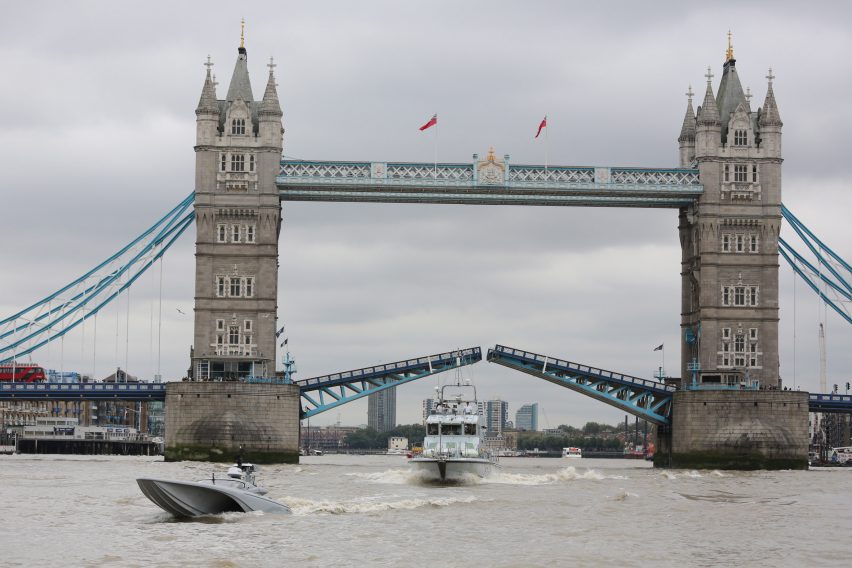
A mobile 3D-printing lab on the frontline in Afghanistan allowed soldiers to repair their equipment quickly and cheaply, while experts suggested such a set-up could eventually be used to print whole drones or aircraft.
More recently, police used a robot to kill Dallas shooter Micah Xavier Johnson, in what is thought to be a first in US history.
Earlier this year, engineering company Rolls-Royce also revealed its plans for an autonomous ship that could be managed remotely from a control centre.
Photography: Crown copyright 2016.